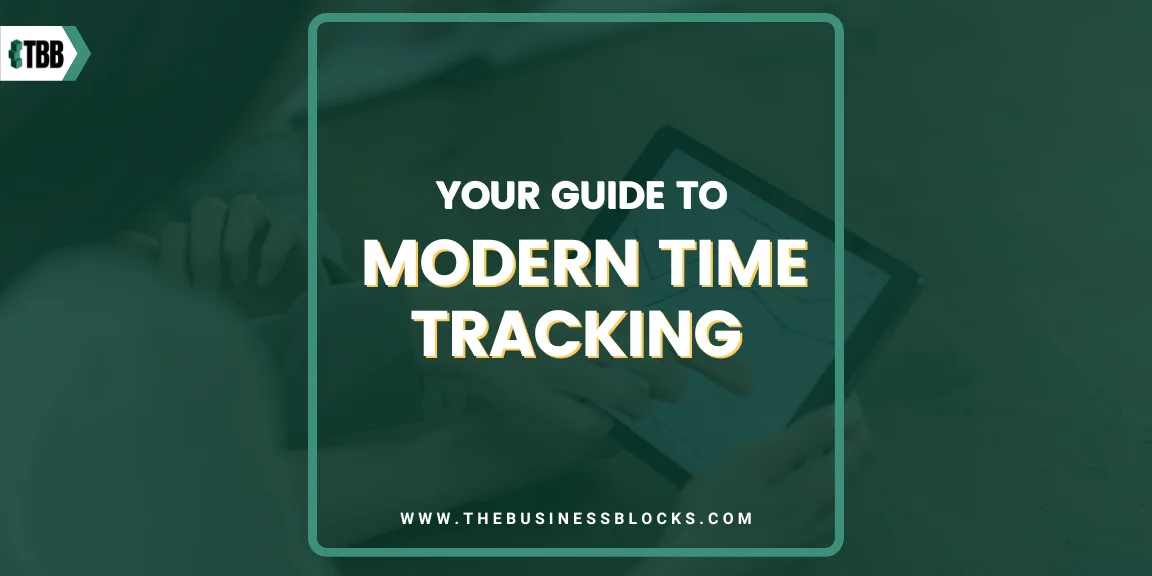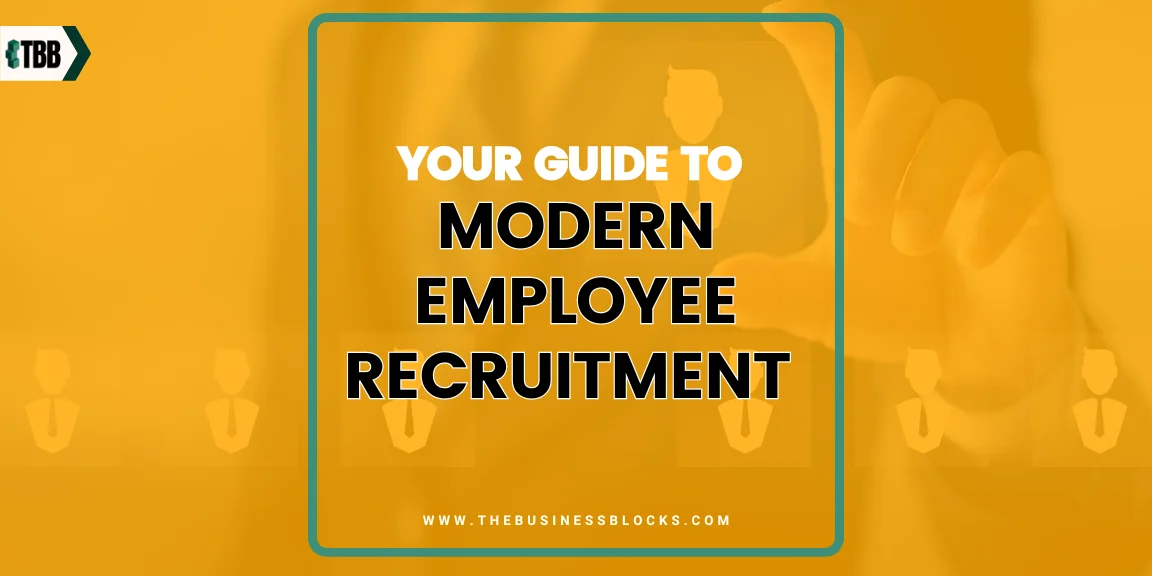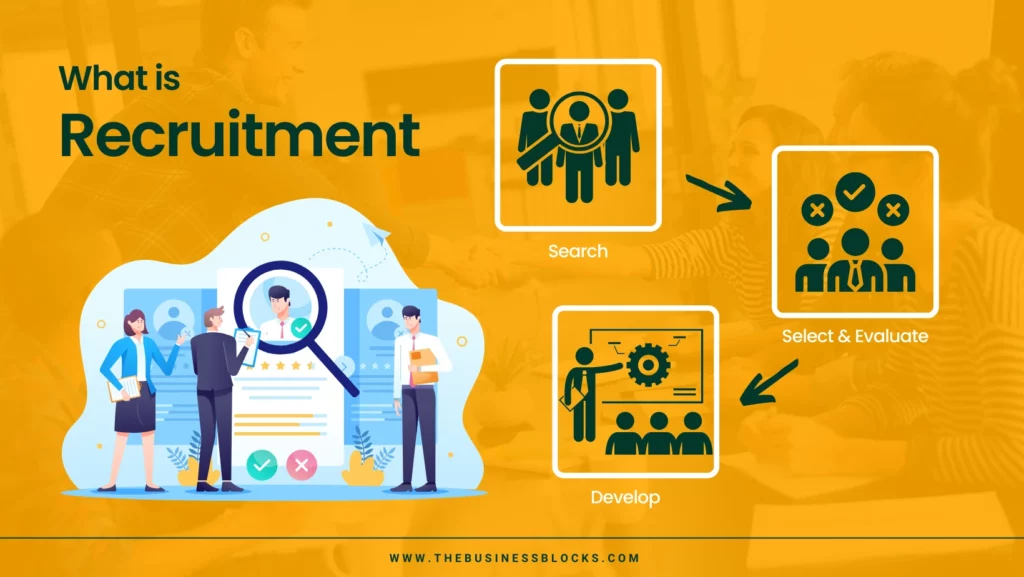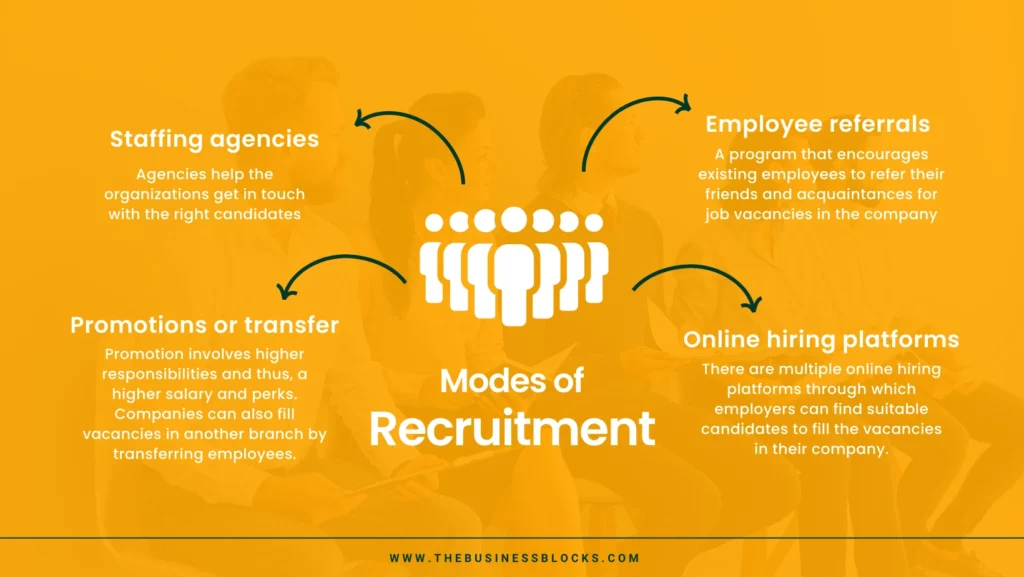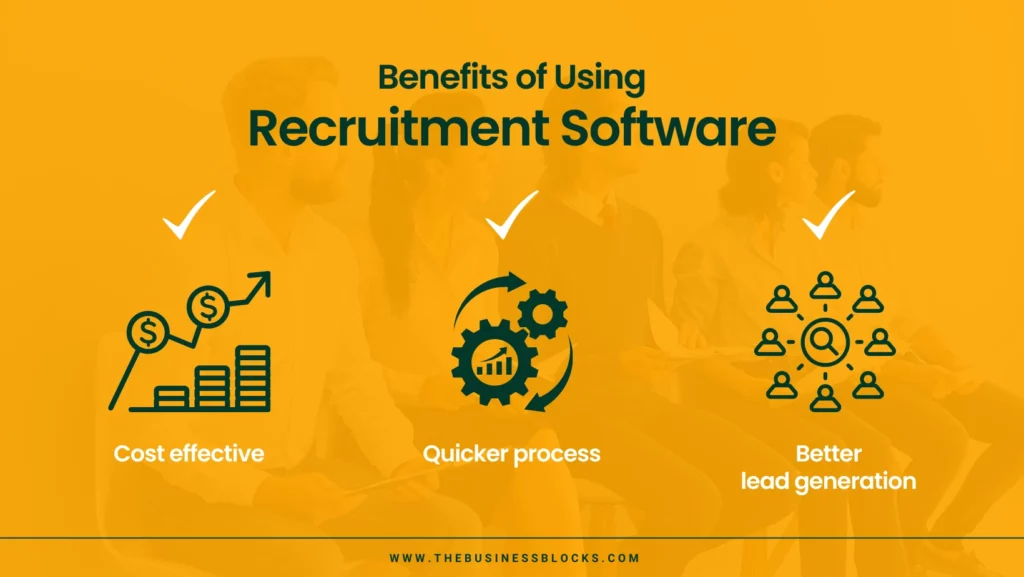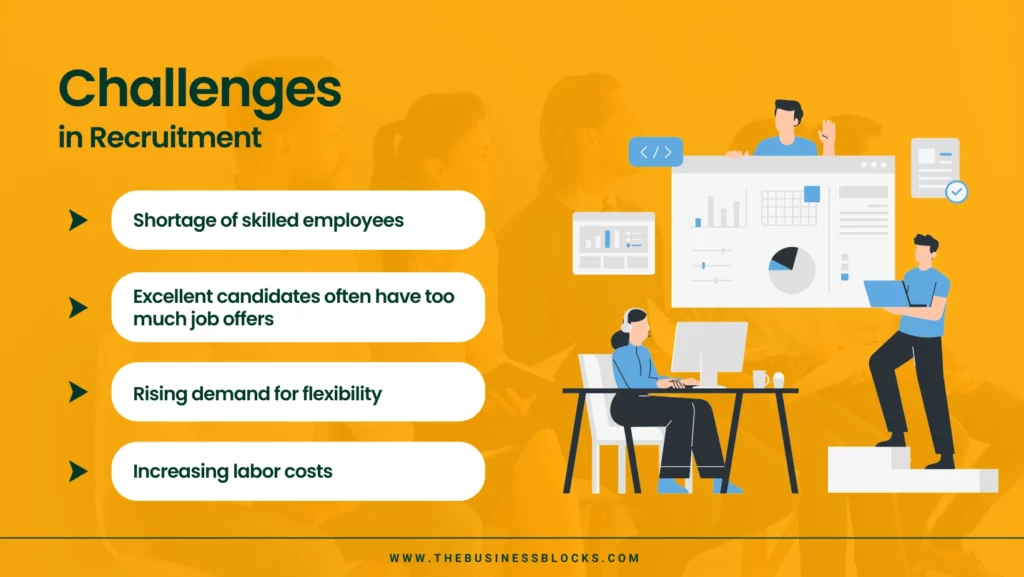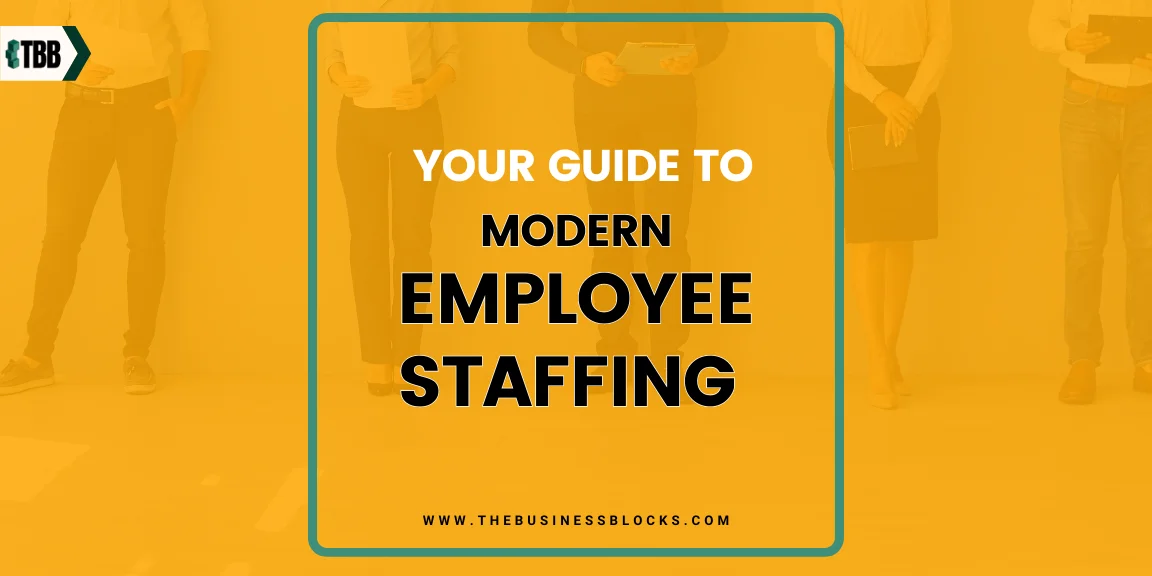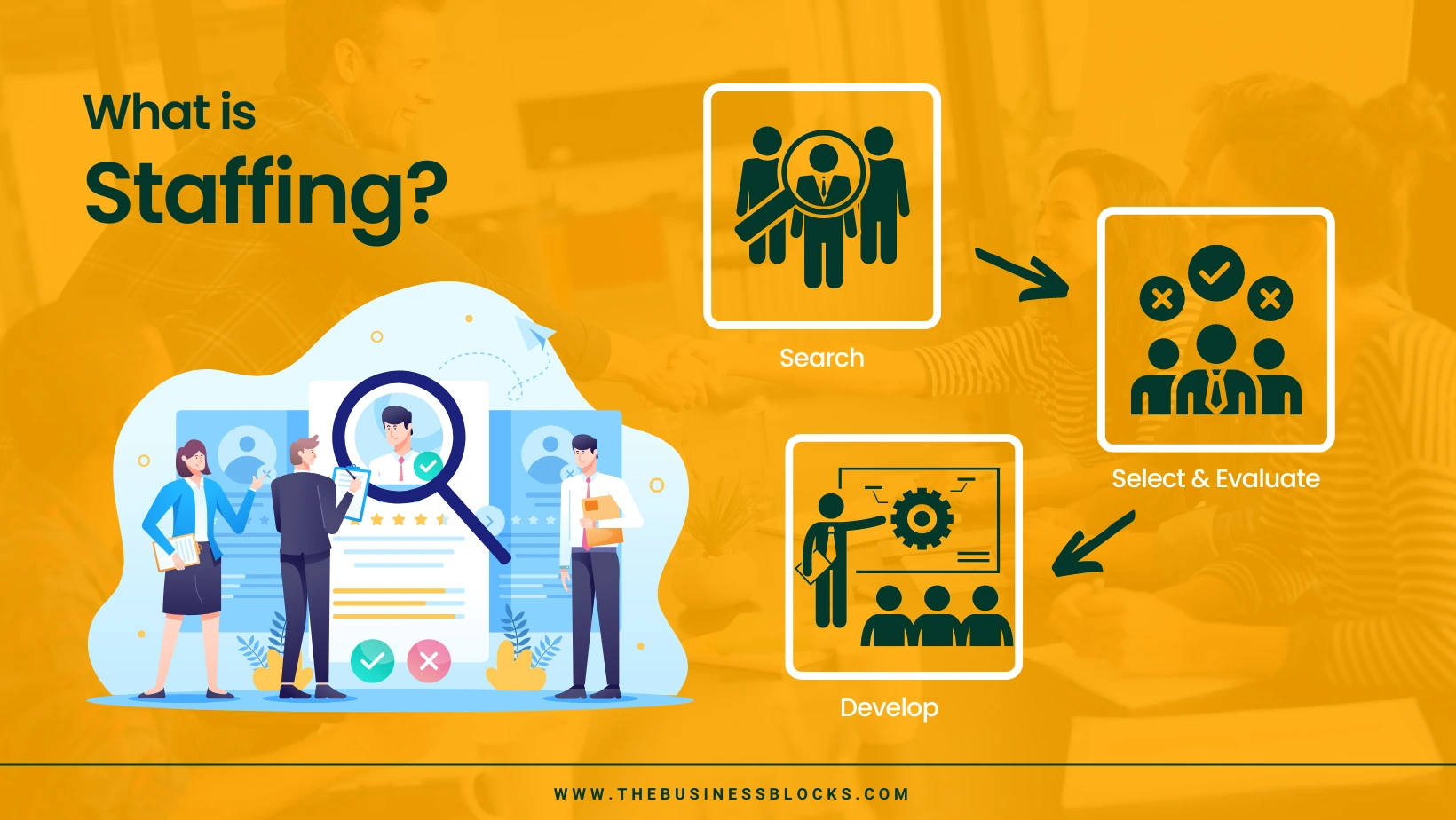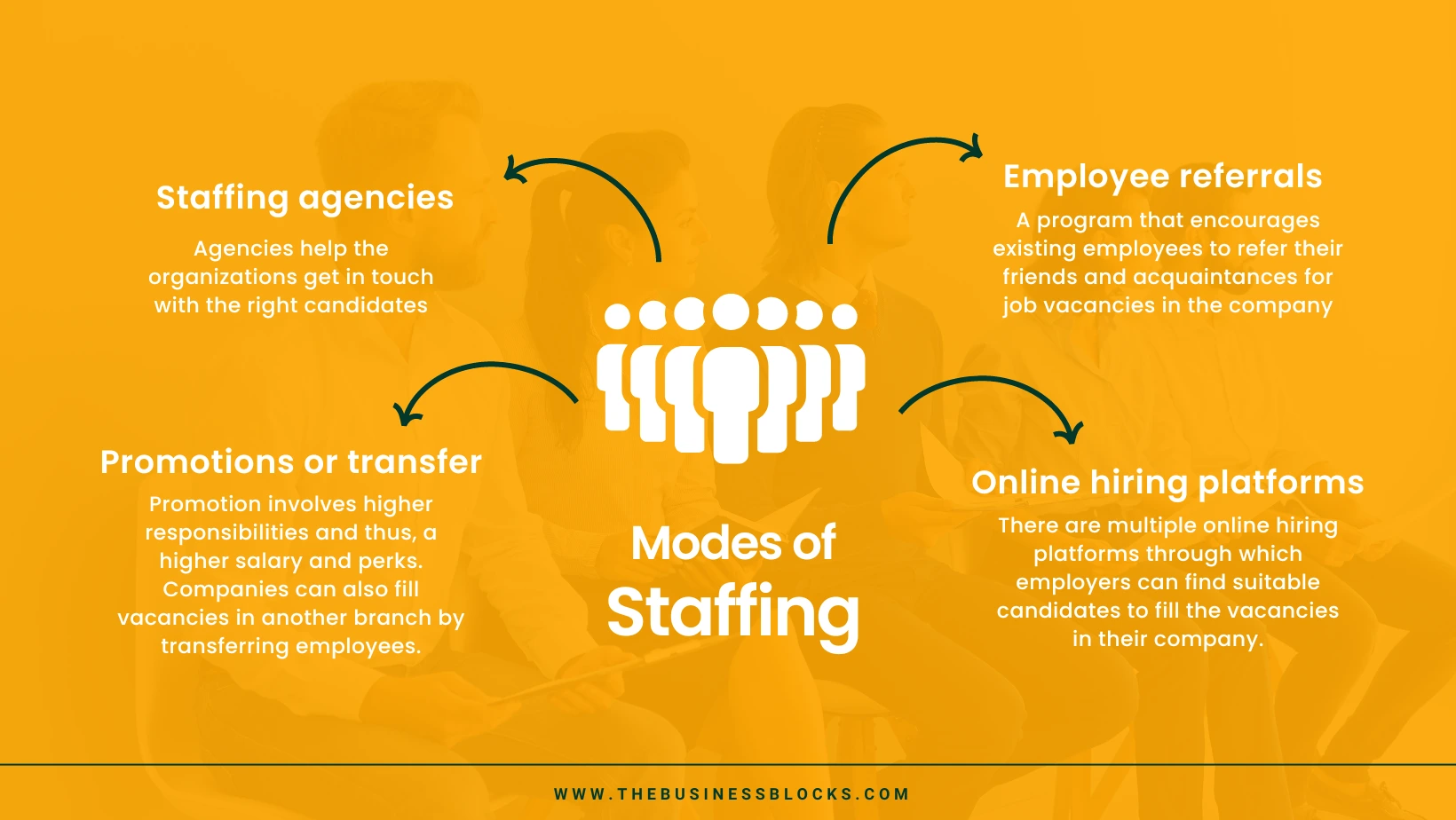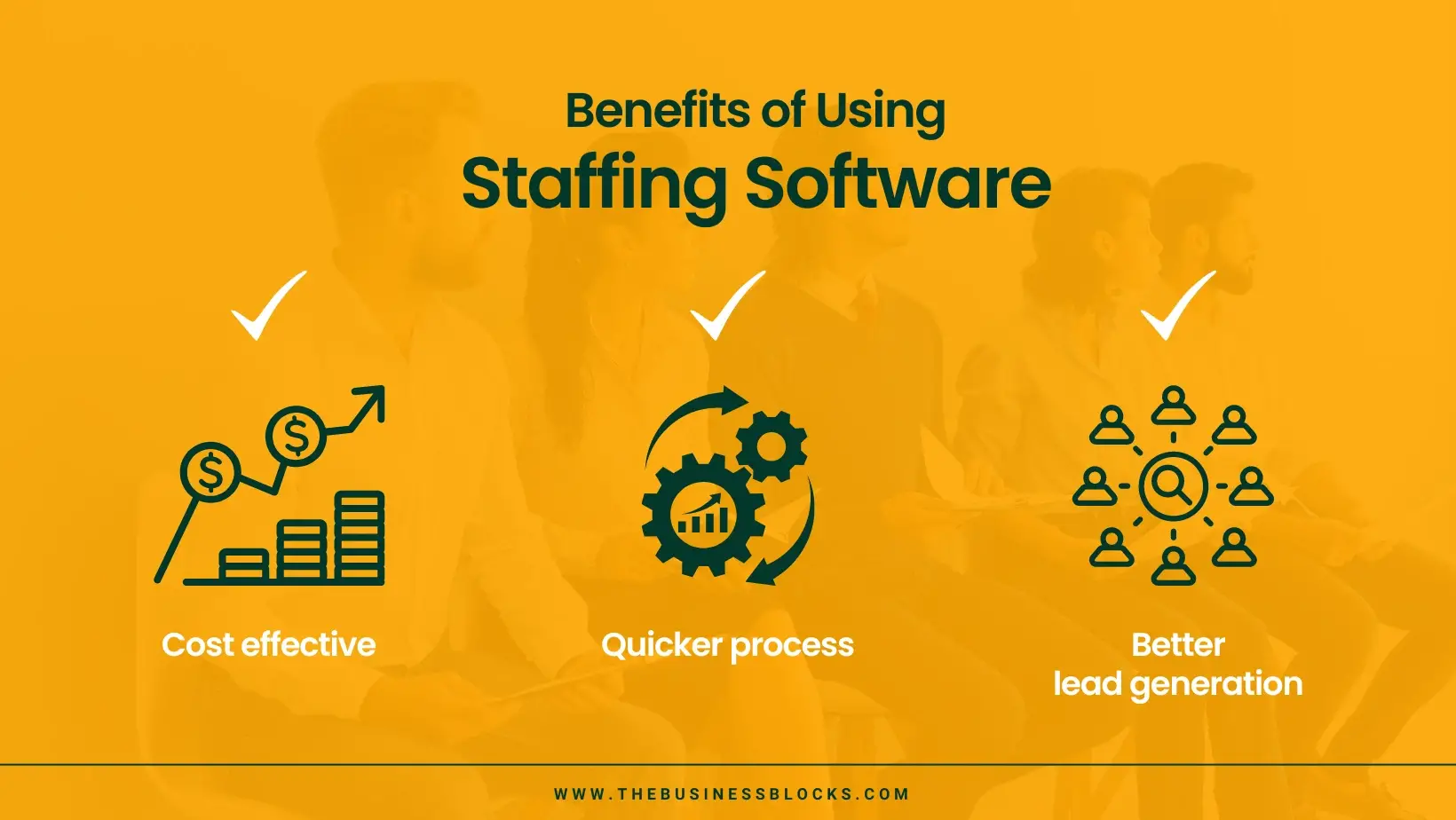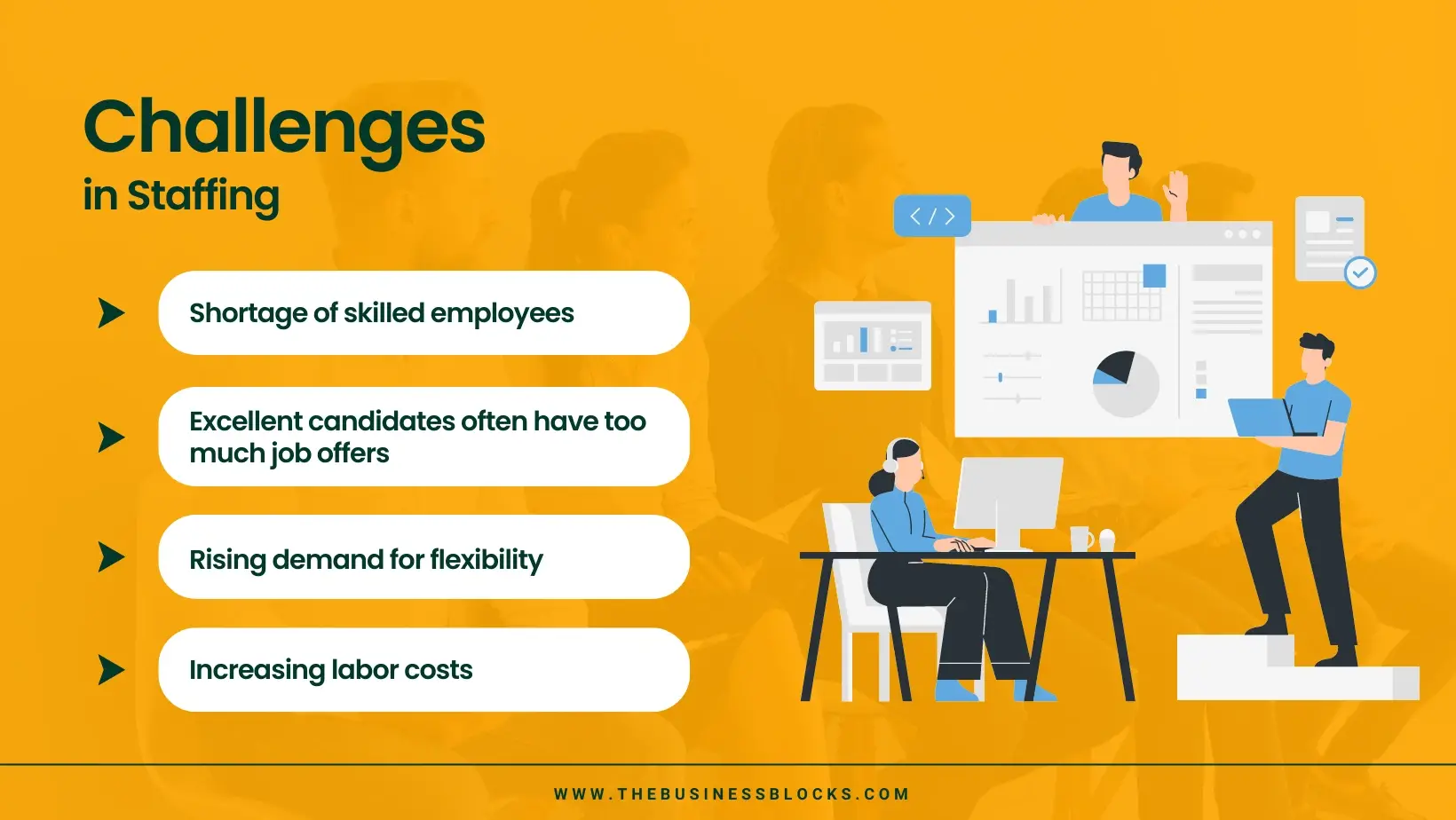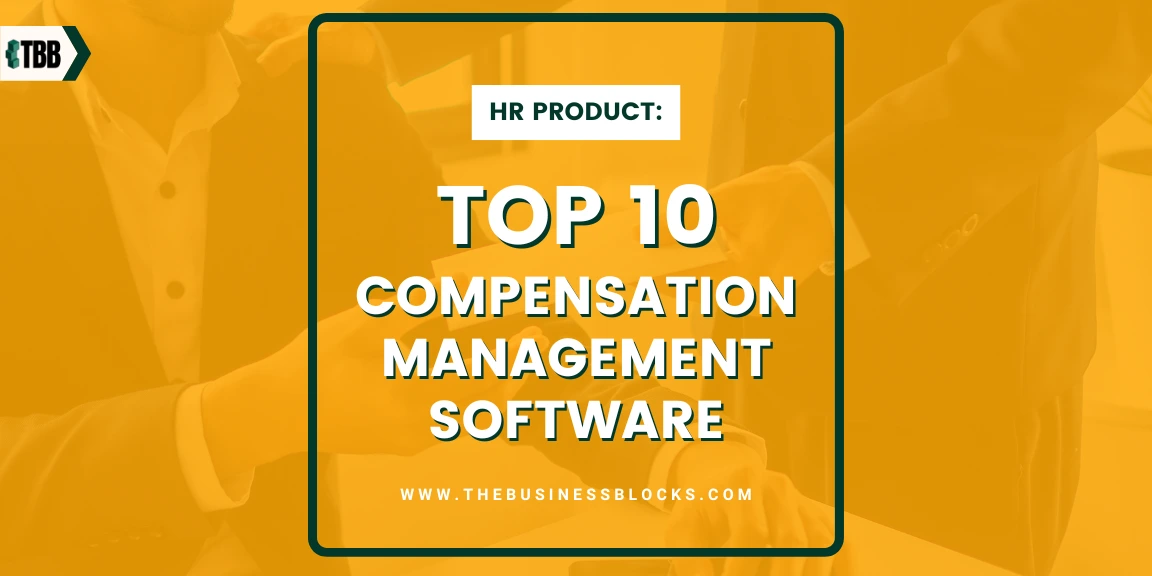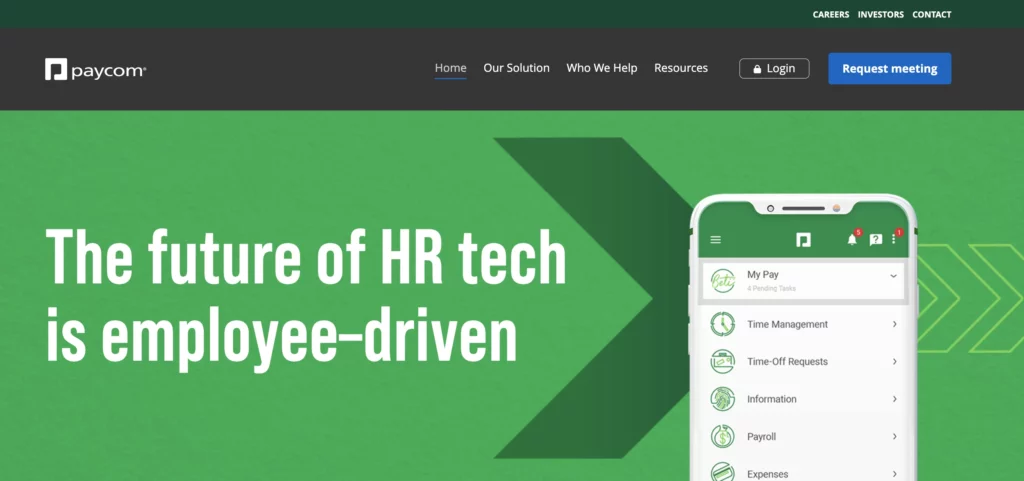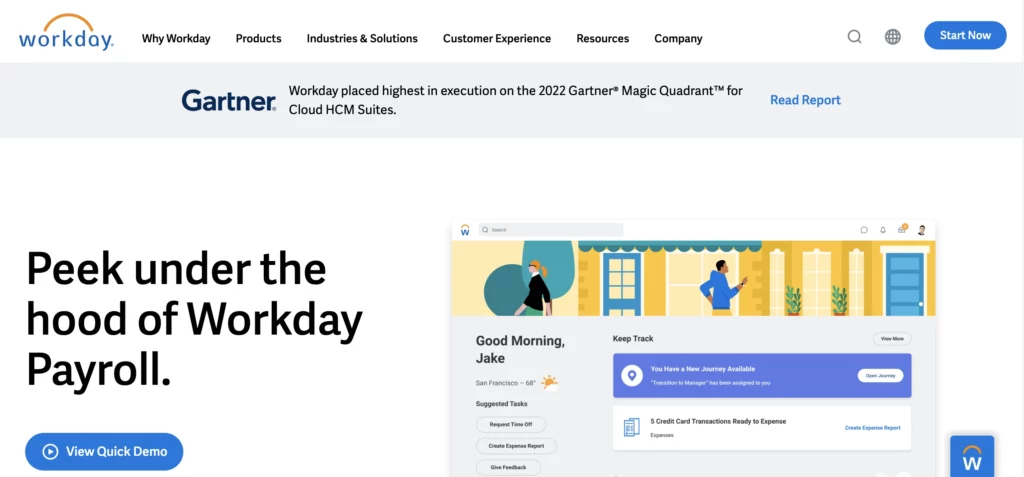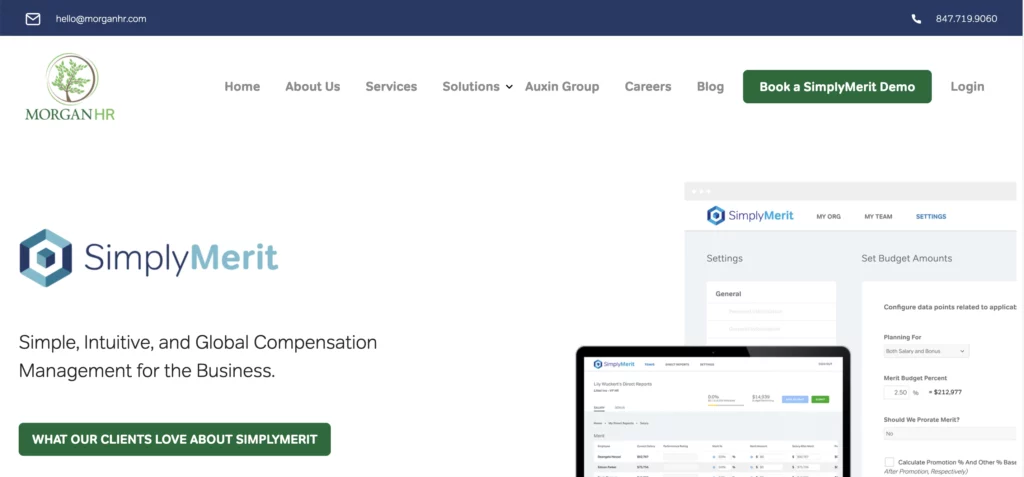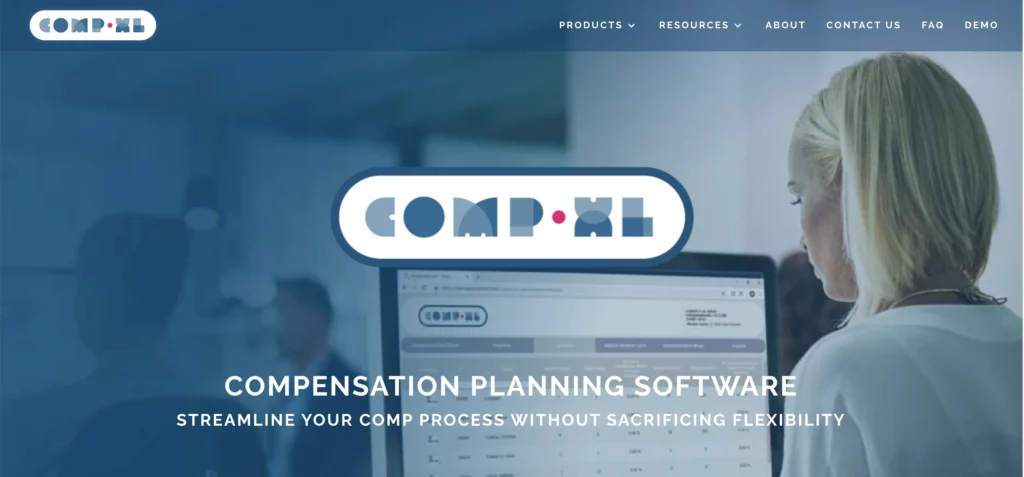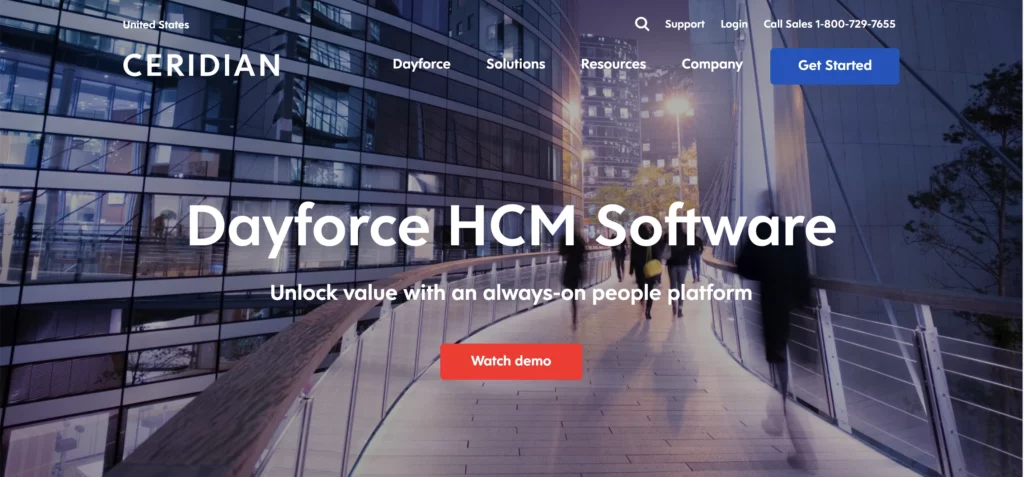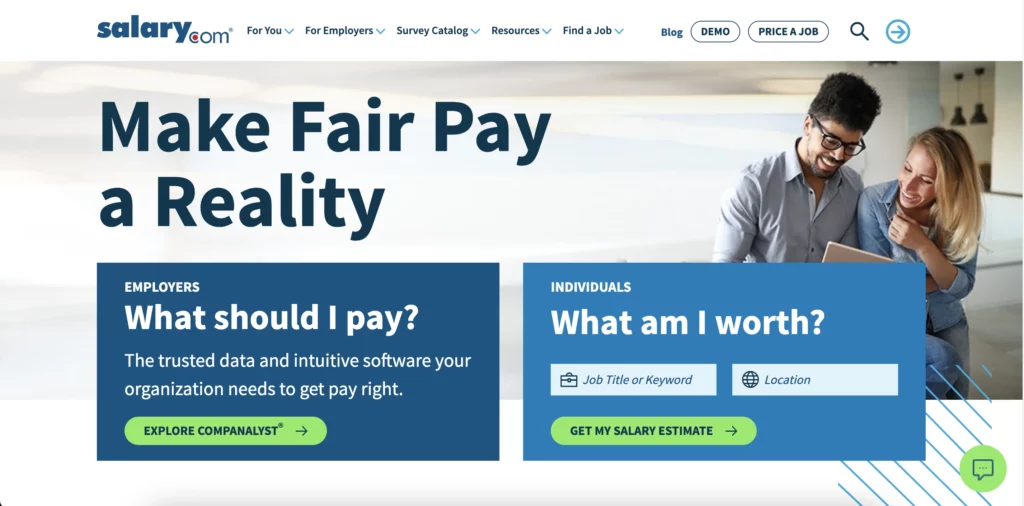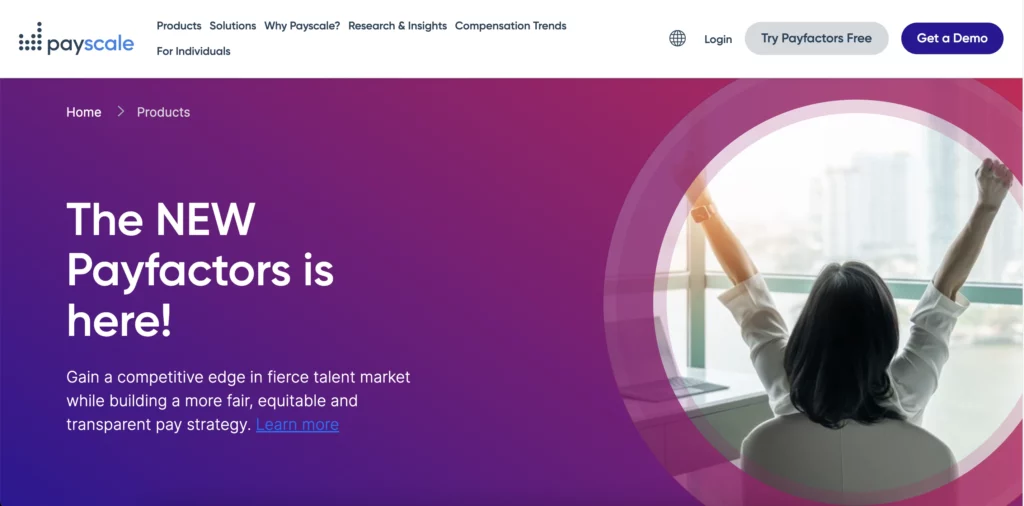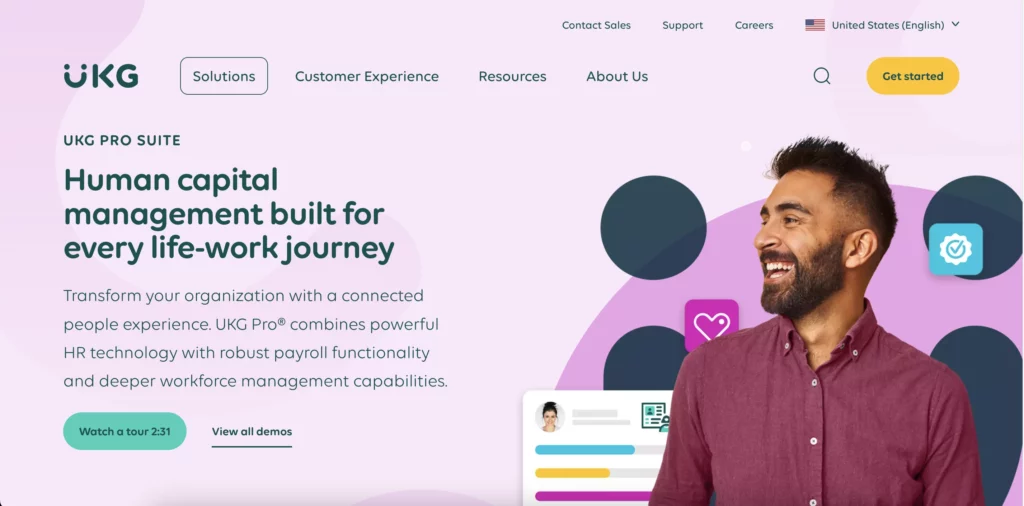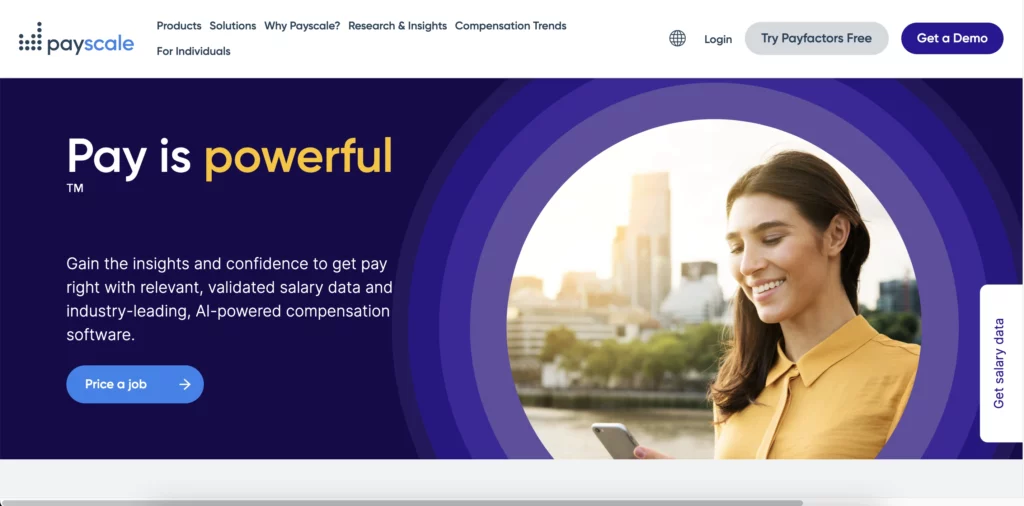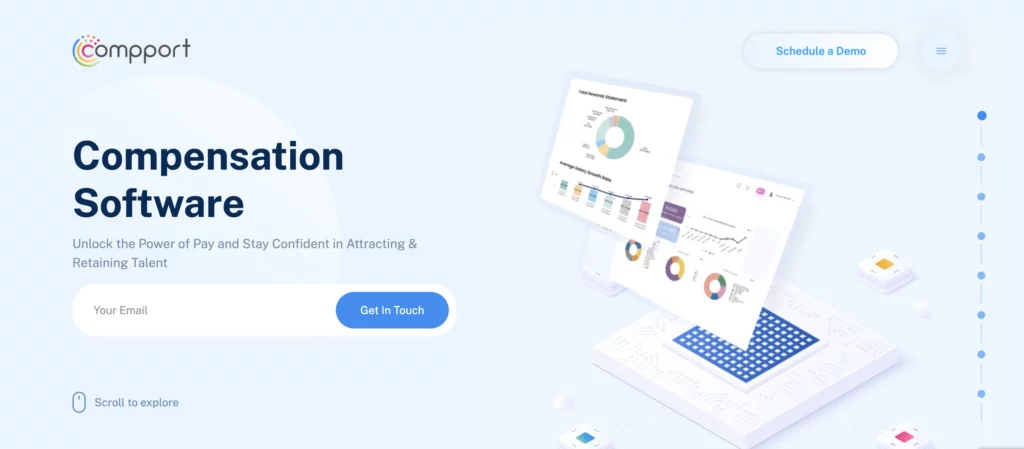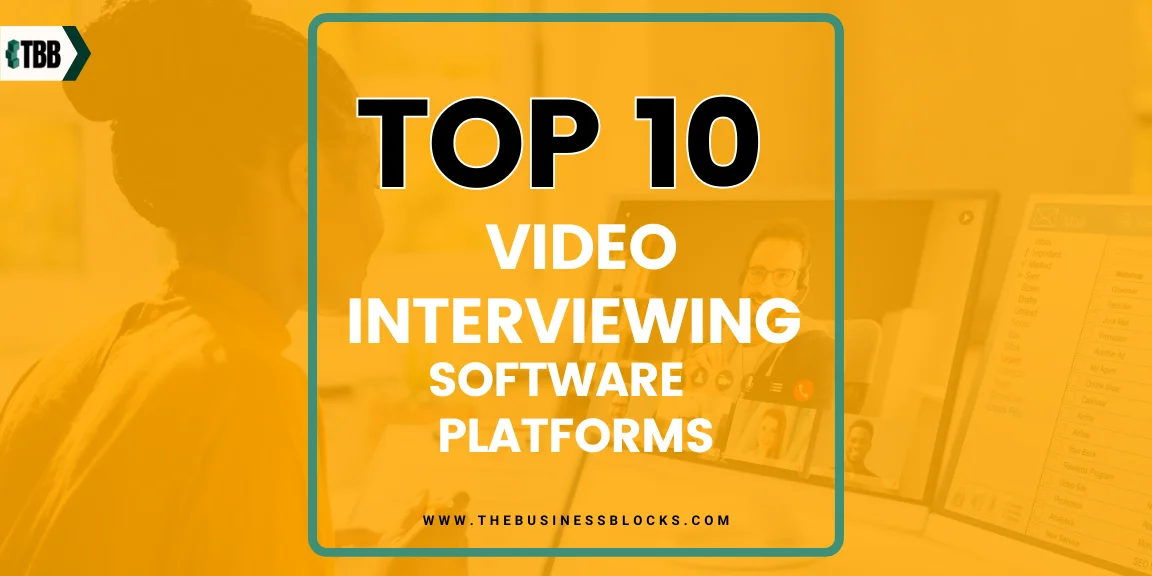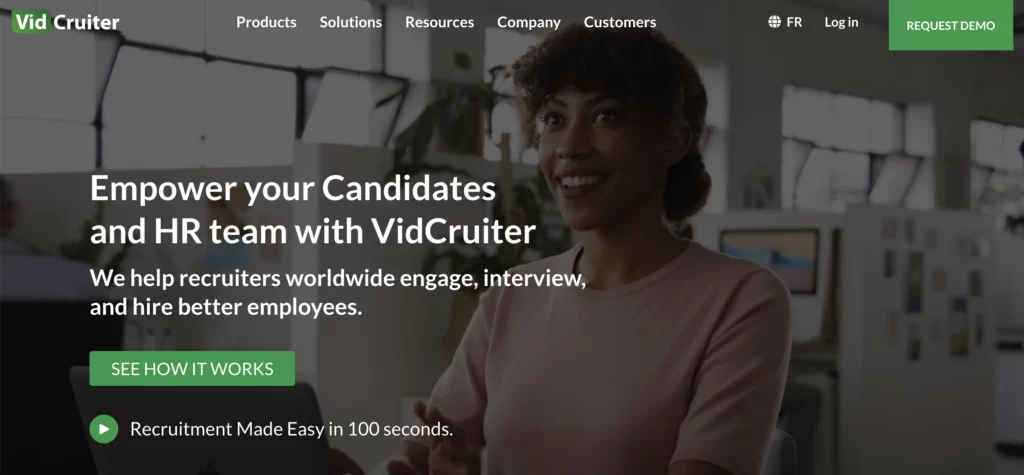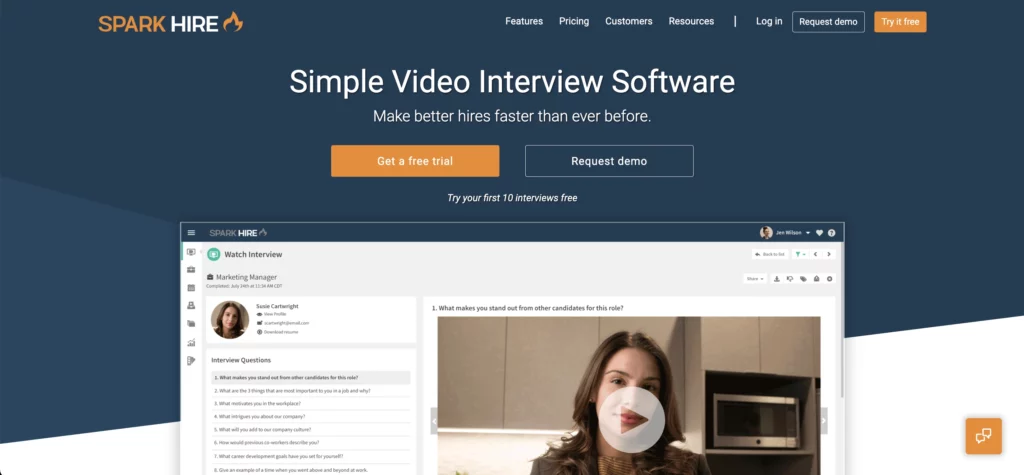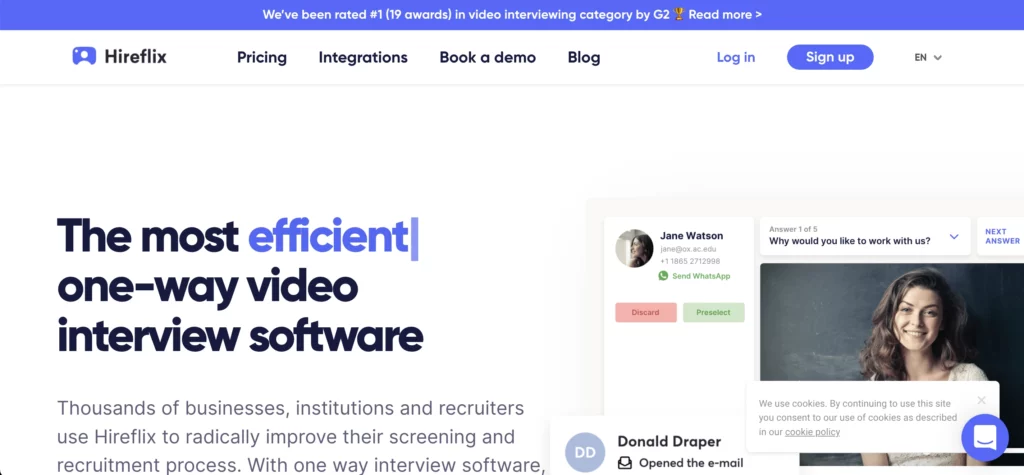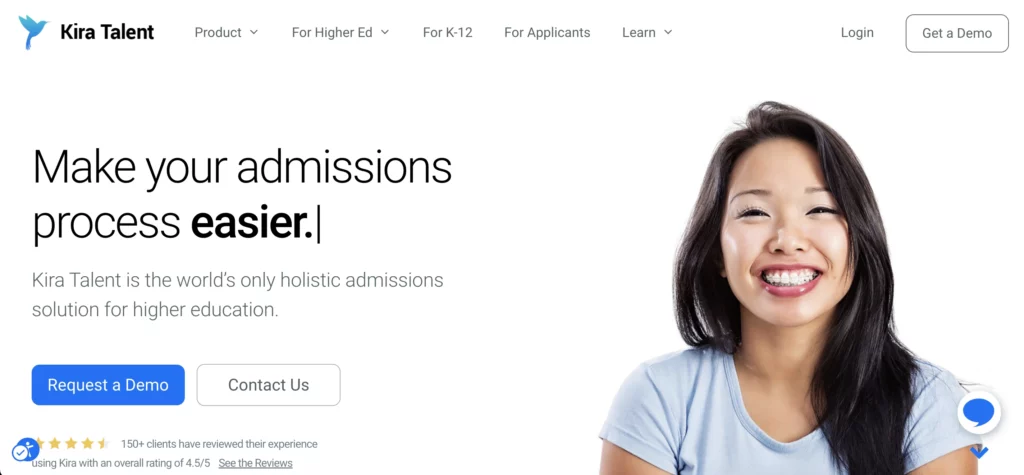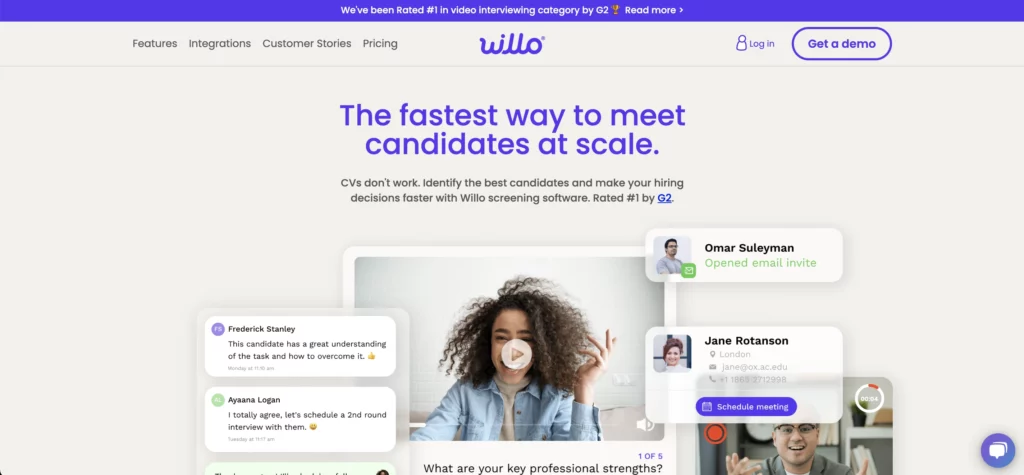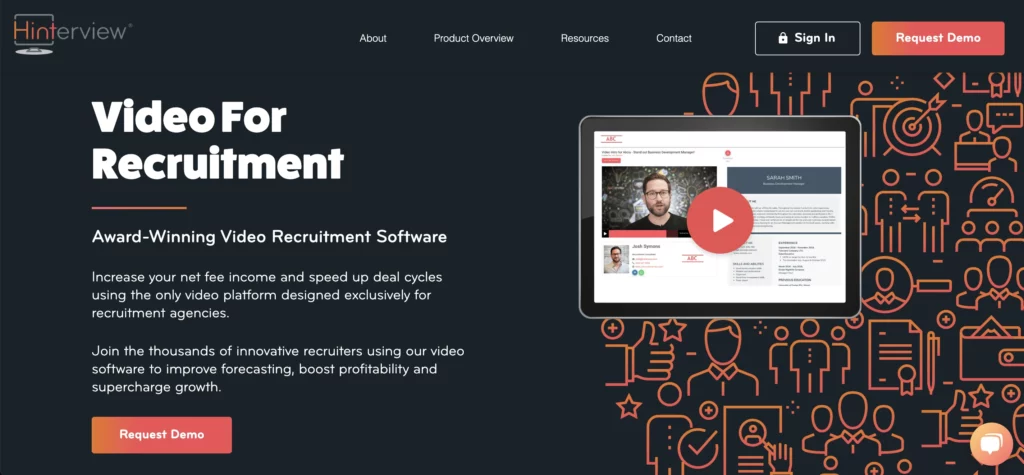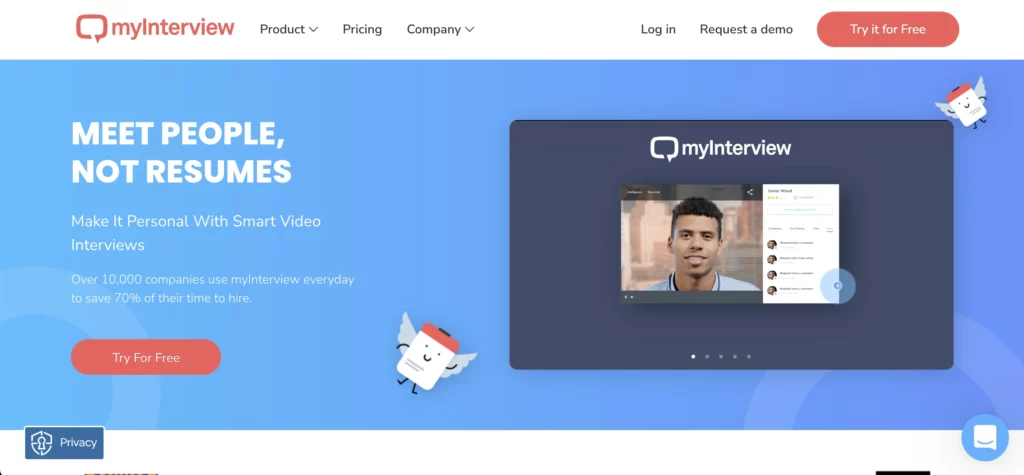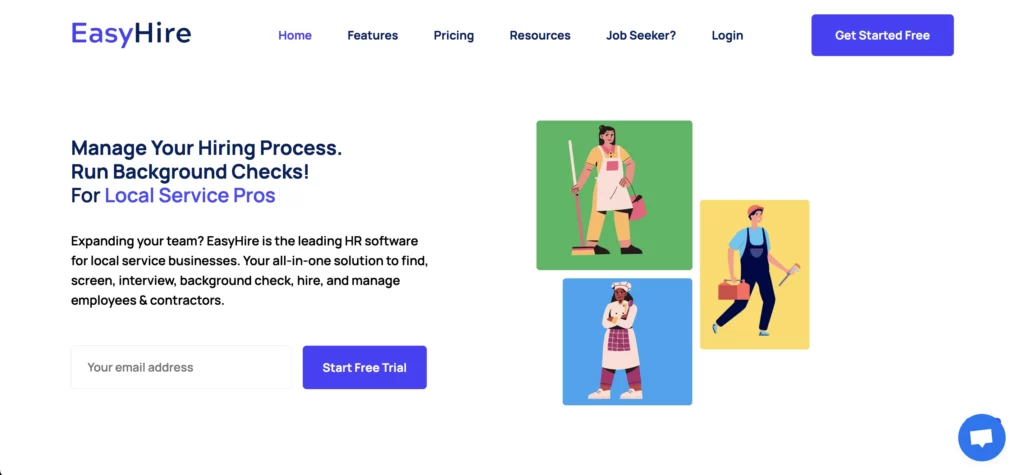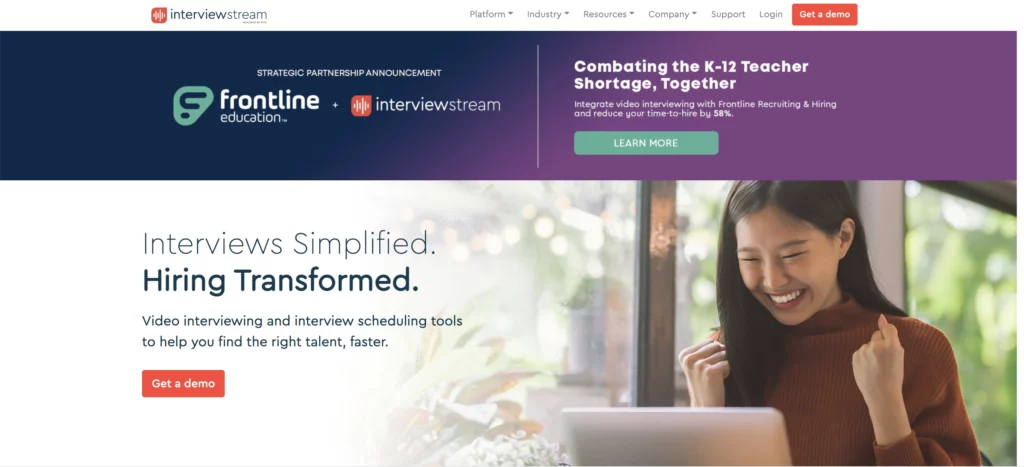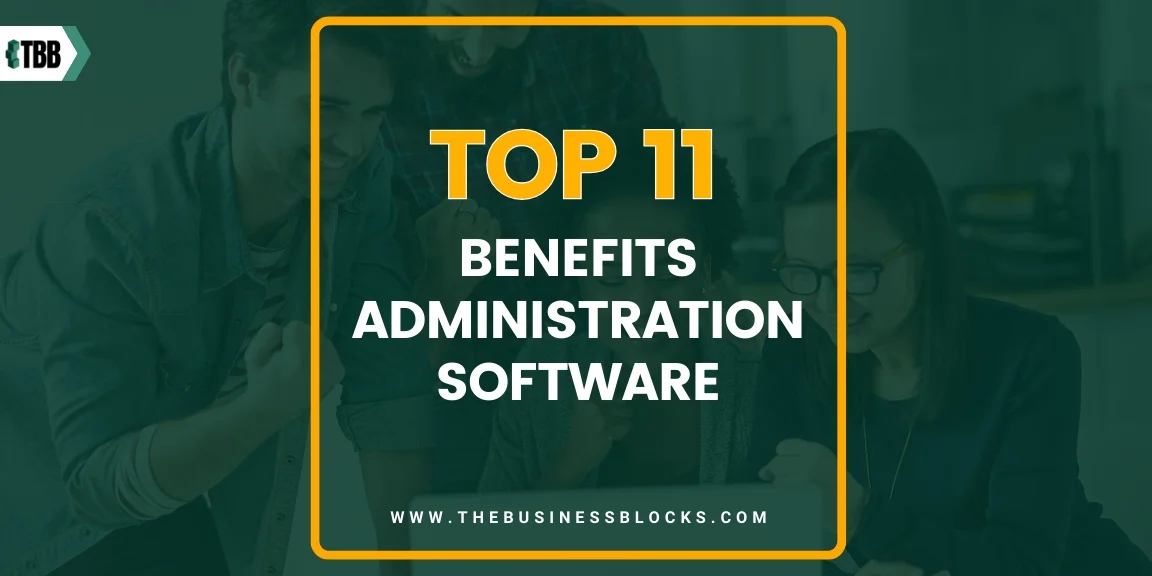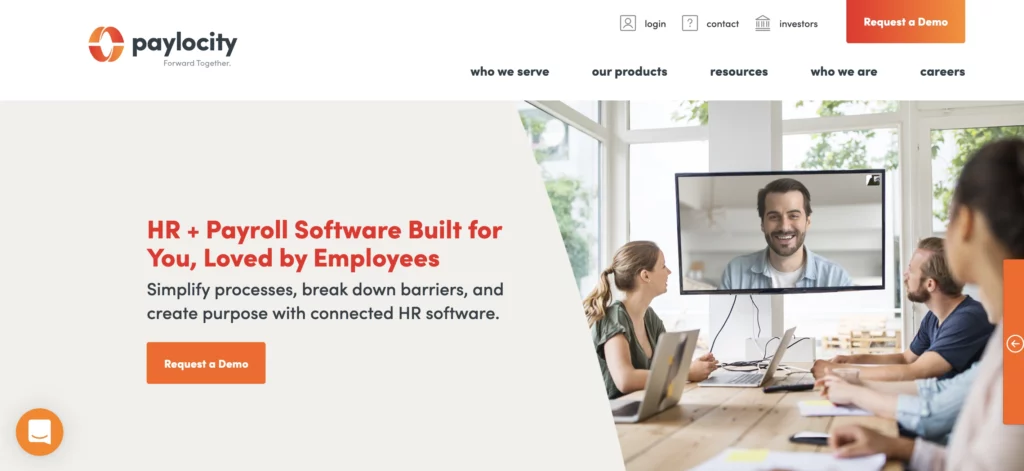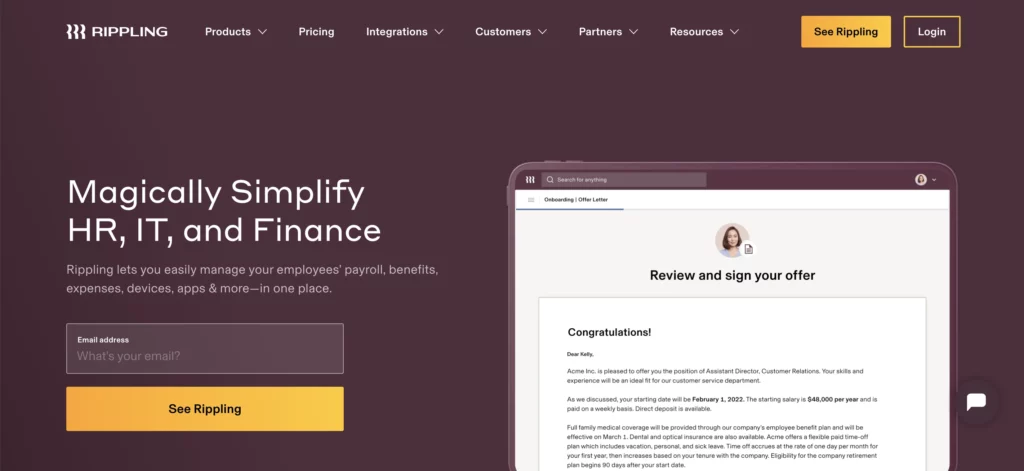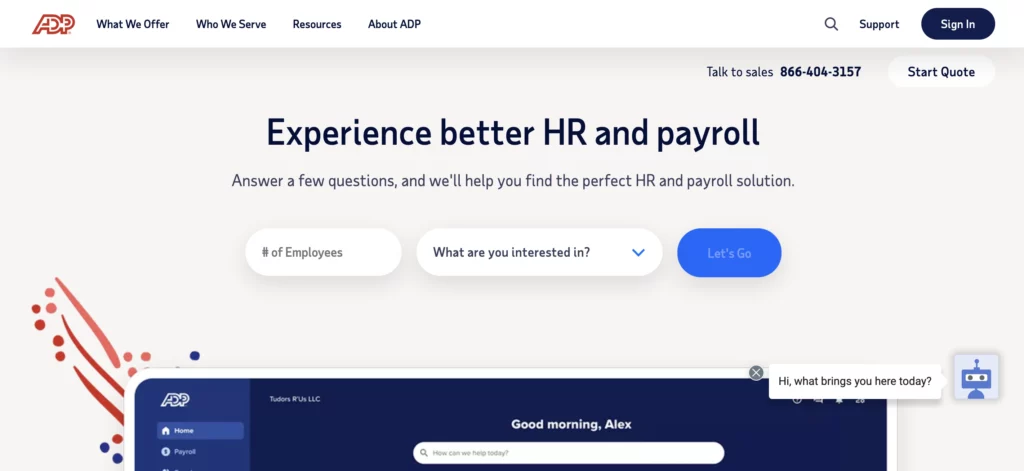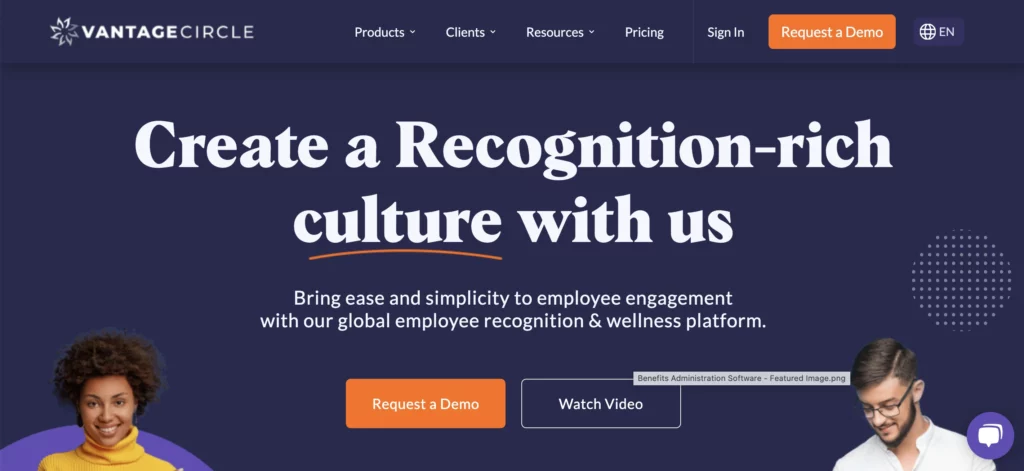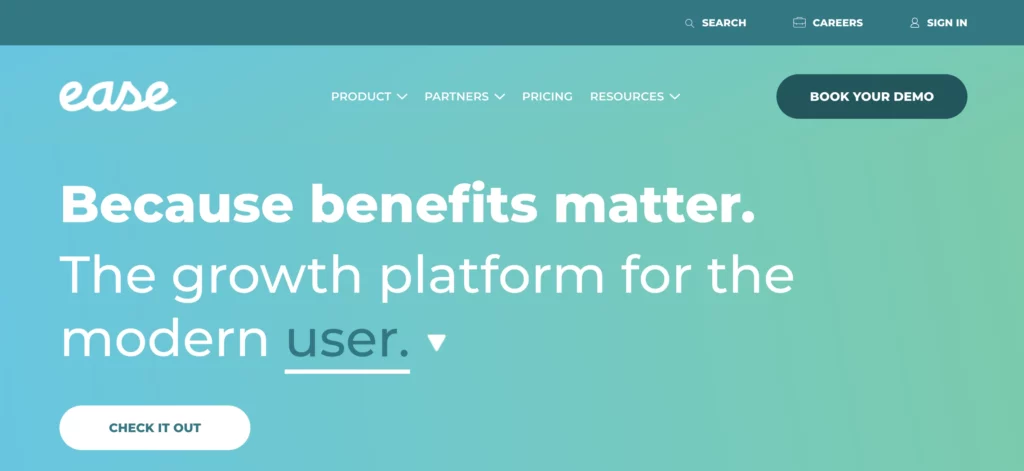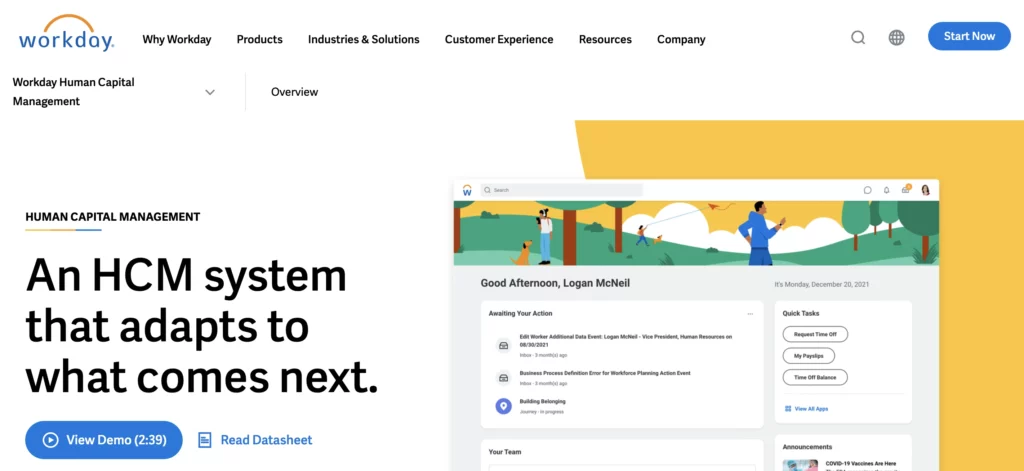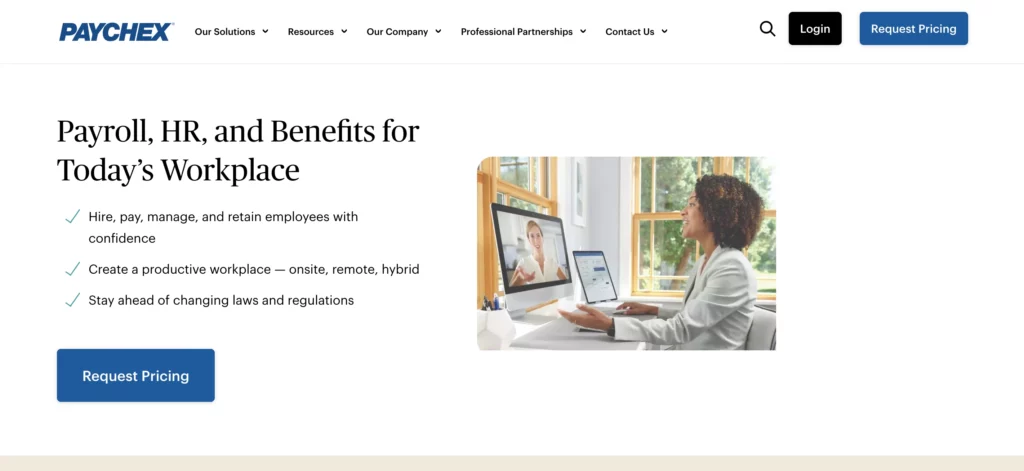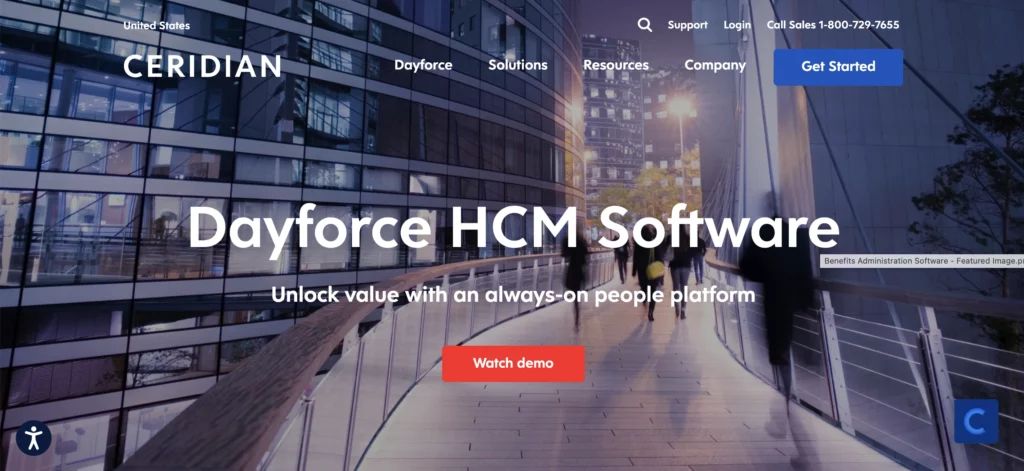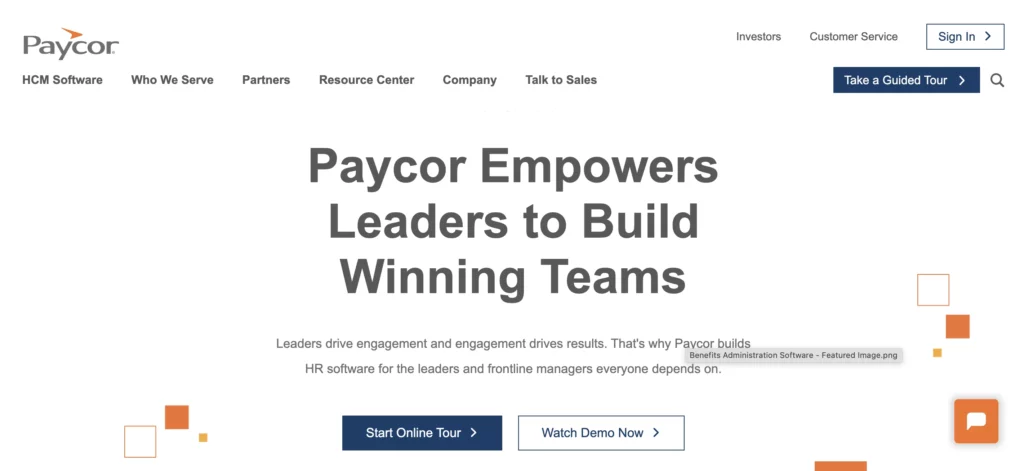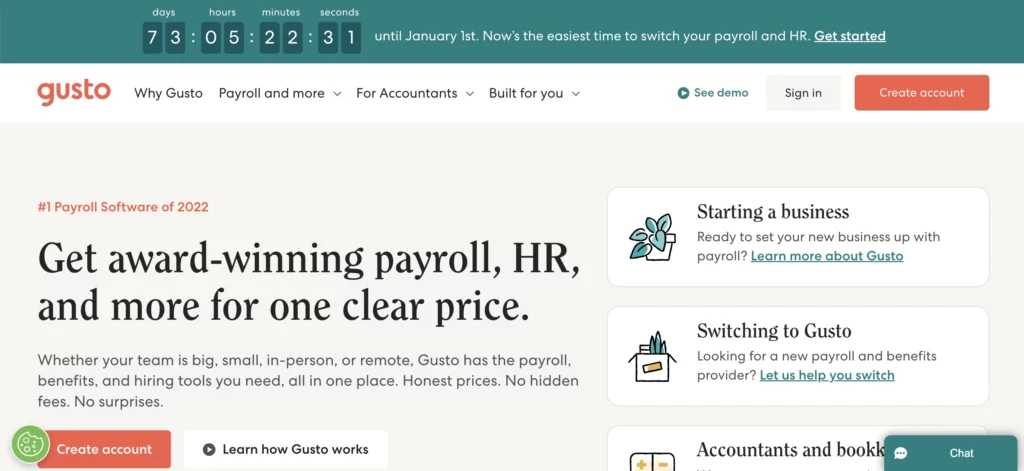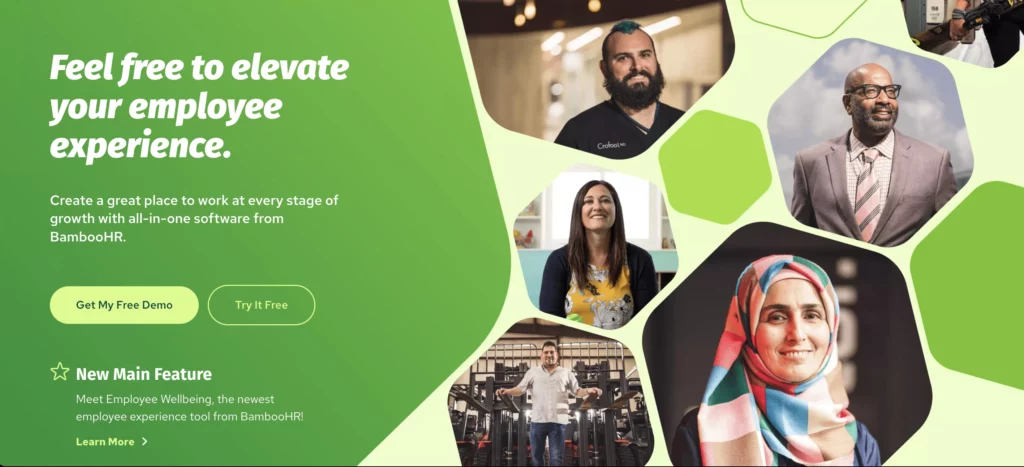Freelance and remote work is becoming more popular by the day and time tracking is unfortunately here to stay. Due to the incredible flexibility they offer, more and more people are shifting to working remotely or starting their own freelance careers.
While this is certainly amazing, remote work and freelancing have their own set of challenges including, whether they want to be managed on a time tracking app or what platforms to use for project management.
One of the biggest challenges of remote work and freelancing is managing distractions and using your time efficiently. When you or your team members work from their homes, they remain surrounded by multiple distractions including social media, family, snack breaks and the lack of a manager being present.
This eventually results in them wasting a lot of time that can be used to complete important tasks especially with project management.
Time tracking apps help build and accurate record of your team’s time and how they spend on each task, on different websites, and during breaks. In this way, people can find out how much time they are waiting and how to use it more productively.
In this blog post, we will walk you through everything related to time tracking, how to manage it, and the common challenges. Read on!
What is time tracking for your workers?
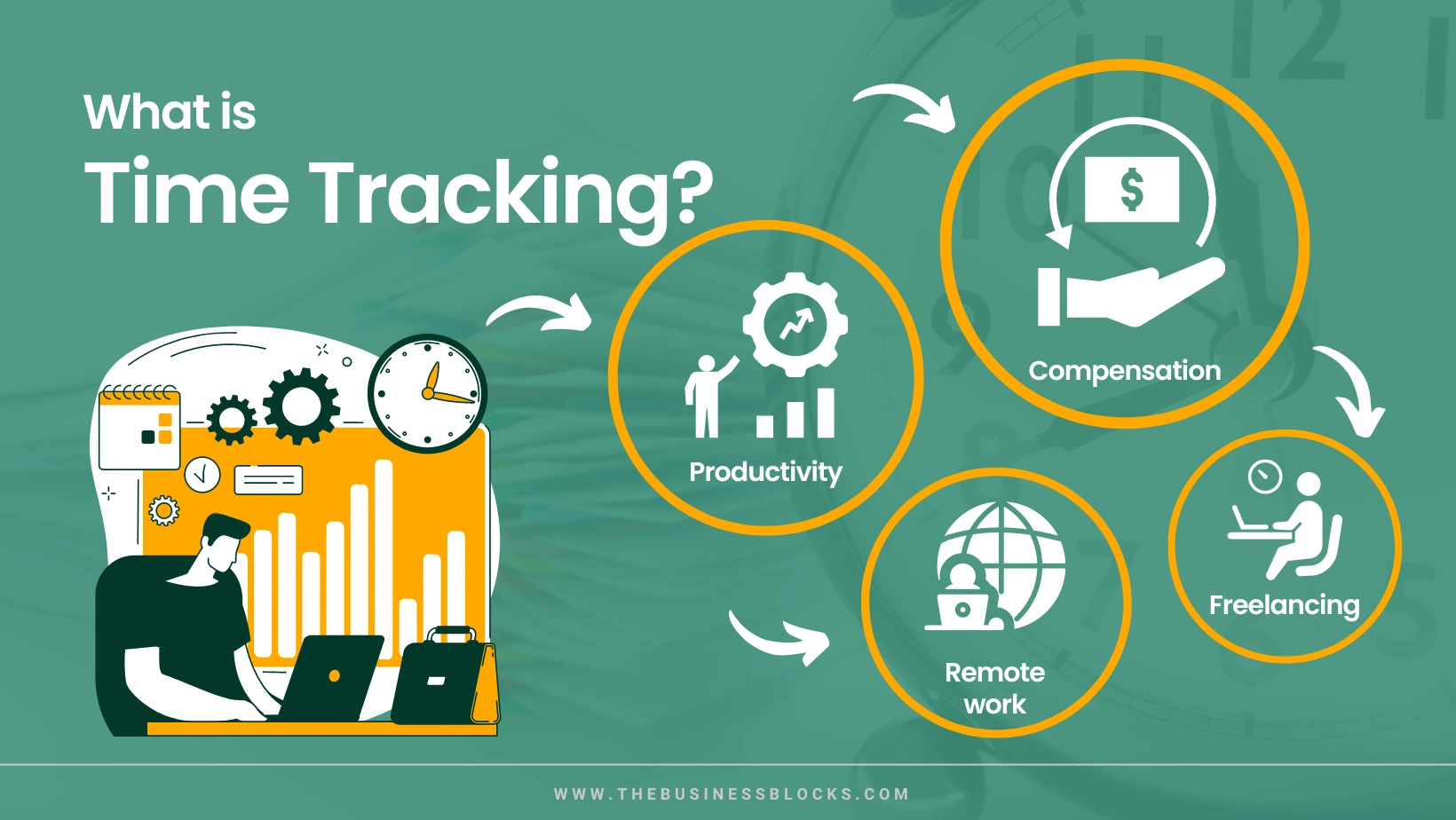
As the name itself suggests, time tracking is the process in which employers record the working hours of employees and compensate them accordingly. Tracking employers in recording their employee’s time against their assigned activity or task and see how productive their employees have been.
Time tracking also helps as an employee performance monitoring tool that employers can use in analyzing the productivity of their employees and discover ways to improve it.
But with time, the importance has grown significantly. With remote work and freelancing becoming more common, most self-employed professionals are also tracking their time.
It helps them in coming up with accurate billable hours like an expense tracking software so they can create invoices for their clients fairly and accurately.
Generally, it involves three crucial steps:
- Time entry or time logging
- Approvals of timesheets
Reporting and analyzing the approved timesheets
What is the purpose of time tracking?
Time tracking serves various purposes for both employees and employers. The major ones include the following:
1. Time tracking is essential for billing your clients accurately
If you are a freelancer or an independent contractor and track work hours, it is essential to track time. It helps you in measuring the actual time you spent on each project instead of just guessing it. In this way, you will be able to avoid overcharging or undercharging your clients when you create invoices.
2. It helps in maintaining work-life balance
Another purpose of time tracking is that it helps in maintaining work-life balance. Employers can track the work hours of each of their employees and see if they are working over their capacity. In such a case, employers or managers can take the necessary step to reduce the workloads of their employees and ensure that they don’t feel burnt out.
3. Time tracking is essential for creating a record of work
Another major reason it is important to track time is that it helps with project management in creating a complete record of all the projects and work you or your team did. With the help of a time tracking tool, you can not only record the time you spent working on projects, but you can also create a record of what you worked on. This helps them in preparing a clear summary of work and send it to their manager or clients if the need arises.
4. It also helps in improving the productivity and efficiency of your team
Finally, most employers or managers track time to boost the productivity of their team members. Employers can have an unbiased look at how much their team has worked in a particular day, week, or month.
Doing so helps them figure out if their team members are working at their full capacity or not. And if they are being unproductive, employers can take necessary steps to boost their productivity.
Automated time tracking VS Manual time tracking
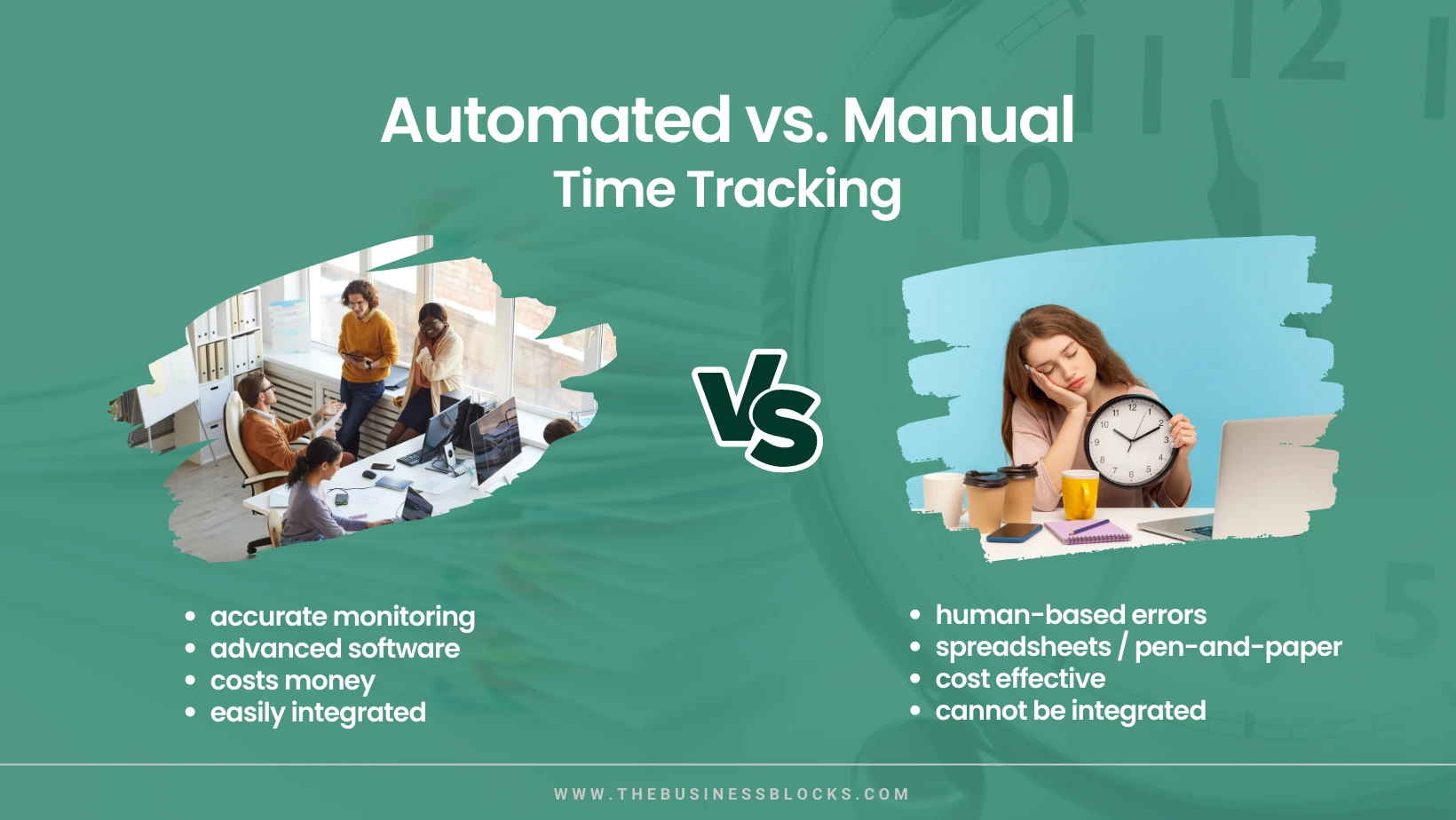
Earlier, people used to track time manually. Manual tracking was done with the help of tables or recording time on paper. However, it wasn’t the most efficient way to track the time on each activity. And this resulted in the emergence of automated time tracking that was done with the help of a time tracking app.
There are multiple differences between automated time tracker apps and manual time tracking. Knowing about these differences will help you make the right choice.
1. Accurately Track Hours:
Manual time tracking is a traditional process that people do without the help of any advanced software or technology. Thus, it increases the chances of human-based errors.
On the other hand, an automatic tracking tool uses powerful technology for more accurate monitoring in terms of recording the time on each activity and project management, thereby reducing the chances of mistakes.
2. Methods of Time Tracking:
When it comes to manual time tracker systems, most people use spreadsheets, pens and paper for keeping track of all the projects and time on each activity. It makes the entire process more time-consuming and challenging. On the other hand, automatic time-tracking is done with the help of advanced software that runs in the background while you work. This makes the entire process seamless and effortless.
3. Cost:
Manual time tracking is incredibly cost-effective as you will not have to spend any additional cost to invest in software. You can get started with an Excel sheet or pen and paper. On the other hand, if you want to use the best time tracker tools, you will have to spend a significant amount of money on buying the monthly or yearly plan of the software.
4. Dependency on other factors:
When you track time manually, you will not be dependent on other factors like power outages, technology-using skills, updates, etc. On the other hand, an automated time tracker is affected by factors like power outages, lack of software-using skills, and more.
5. Integrations:
Integrations with other applications are not possible with manual time tracking. On the other hand, an automated time tracker can easily be integrated with a variety of third-party applications.
What are time tracker tools and software?
Today, people no longer use outdated manual procedures for tracking the time they spend on various activities. This is the age of automated time tracking in which everything is done through technology and a time tracking app.
Simply put, time tracking software is an application used by employers, managers, as well as employees to track the time in which they complete a particular task.
Its main purpose is to help both employers and employees in recording the total time they spent working on each project. These software are also used by freelancers and contract employees who charge their clients by the hour.
They can be subscription based of per user, some features can also include unlimited users in the single time tracker app.
Since a time tracker app uses powerful technology and are fully automated, you don’t have to do anything manually to record the time you spent on doing each activity. Thus, these software make the process of recording time effortless.
Today, there are multiple employee time tracking software platforms available. All of them come not with basic time tracking features but also with unique functionalities. This gives users are a wide range of choices. Employers and employees can choose the best time tracking software that meets their requirements and budgets perfectly.
Want to know more about the time tracking software of 2022? If yes, then make sure to check out our article about the “Top 10 Best Time Tracking Software“.
Best practices for tracking time

Time tracking is one of the most essential parts of working on any project. Whether you are a freelancer, an employer, a manager with a fully remote team, or an employee, incorporating time-tracking in your work schedule can differ multiple benefits.
However, just incorporating the habit of time tracking a team’s work hours isn’t enough to boost your productivity and efficiency. You need to ensure that you are using the right time tracking practices for the best results.
In this section, we will discuss some of the most effective practices to track time to help you make the most out of your time tracking efforts.
For better understanding, we have divided the section into two parts: time tracking for individual professionals and time tracking for teams.
a) Time tracking for individual professionals:
1. Use a good automatic timer:
While there are multiple manual time tracker tools available out there, you should consider using an automatic one for more convenience. An automatic time tracker helps you record and monitor the time you spend on each activity without having to do anything. These time tracker tools run in the background and will detect the time you spend on each website and application.
2. Make sure to create clear descriptions for all your time entries:
When preparing time reports, make sure to add a clear description to each time entry you make. Doing so will ensure that whoever is viewing your timesheet has a clear idea about how much time you deducted from each project. It brings more clarity and ensures that your clients aren’t left confused.
Further, make sure that every description is short, clear, and accurate.
3. Don’t forget to track your non-billable time:
Most professionals only use a time tracking app to track work hours. However, tracking your non billable time is equally important. Why?
The answer is quite simple. Tracking your non-billable hours enables you to analyze where and on what project-related activities you are spending your time that are not charged to the clients. It can include activities like going attending meetings, creating project outlines, doing research, and more.
You will mostly discover that you are spending many hours doing a project-related activity, but aren’t including them in your work hours. This data will help you fix your hourly rates and ensure that you are getting paid fairly.
4. Make sure to not track every small activity:
While it is essential to track work hours, make sure to not start including the time on every small activity. For example, if you have spent 5 minutes on a phone call with your mom while working, you do not have to subtract that time from the entire project duration.
As a general rule, include, add, and subtract only those activities that take 15 minutes or more of your time. This will help you standardize the process you take to track time.
b) Time-tracking for teams:
1. Keep your reports as transparent as possible:
When working with a team, keeping your timesheet transparent is essential. Almost all the best time tracking tools come with the option of keeping your timesheet either public or private.
Track time in a simple and easy manner with a time clock app.
Unless you are working on a project where keeping it private is mandatory, try to keep the timesheet of every project accessible to all the team members. This will bring more clarity and all the team members will be able to see the things everyone is working on and how much time they are dedicating to each project activity.
2. Do not over-monitor employee time tracking:
As an employer, it is natural to want your employees to be productive at all times and work at their maximum capacity. This can tempt you to over-do employee monitoring by tracking all their work activities at all times. However, doing so isn’t ideal. Over-monitoring can make your employees feel uncomfortable or uninterested in the job. It also ruins your image as an employer.
Thus, while time-tracking is good for boosting your employees’ productivity analysis, doing it to the extreme can do more harm than good. You need to know the line between over and under managing your employee time tracking.
3. Start small:
If you are going to introduce time tracker tools in your organization for the first time, it is essential to start small and not overwhelm your workforce with multiple changes suddenly.
4. Choose a simple time tracking app
The best way to introduce time-tracking in your organization is by starting a pilot program with the best time tracker app. In such a program you can have a small number of participants, do short time-tracking experiments, and take feedback from them.
One of the features may be to have the capability for offline time tracking.
Based on the feedback, you can make changes to your time-tracking procedure and design an efficient plan accordingly. Doing so will make it easier for you to introduce time-tracking at the organizational level.
What are the challenges that may occur when tracking time for work?

It is indeed one of the most beneficial activities that can get your or your team member’s productivity to the next level. However, it isn’t a cakewalk. In fact, time-tracking comes with its own unique challenges that employers and employees have to work hard to overcome.
This section will discuss the common challenges faced by both employers and employees during time-tracking.
What are the common time-tracking challenges faced by a company or an employer?
Misleading time reports:
One of the biggest challenges that most employers face is misleading time reports. This usually happens when employees make mistakes in filling out their timesheets. When the data in the timesheets is inaccurate, it will naturally lead to misleading time reports that can affect your company’s finances.
Thus, it is essential to encourage your employees to fill out their timesheets or use the best time tracking tool that has good reporting features for accurate time tracking.
Lack of motivation in employees:
Another major challenge that most employers face during time-tracking is the lack of motivation in employees. Many employees aren’t motivated to track the time they spend on each activity regularly.
They often do it after finishing the project or by doing some random guesswork and filling their timesheets. This usually happens because tracking time doesn’t make sense to most people. It is an extra chore that they avoid doing.
Problems in scaling the time-tracking process across different locations:
This problem is mainly faced by employers who have a remote team and their business is growing at a fast pace. As an employer, if you have a remote team or work with freelancers and are using a manual time-tracking method, you will find it challenging to scale it up.
Manual time tracking solutions aren’t designed to keep up with the evolving demands of global companies or remote workforce. Thus, you will have to adopt another method or other tools for your expanding business.
Lack of feedback:
Many employers or managers forget to ask for feedback from their employees which ultimately prevents them from learning about the inefficiency of their time-tracking program.
When you are introducing new time tracking apps or methods to your company, make sure that all the employees are on board and understand how to use the software. This will save you from a lot of trouble and confusion later on.
What are the common time-tracking challenges faced by an employee or freelancer or other self-employed professionals?
Not tracking all the activities:
As we explained above, tracking all the activities that you did for completing a multiple projects is essential. For example, if you do not include the time allocated on doing research and on meetings with your clients in your billable hours, you will lose significant money.
Research shows that almost 36.4% of employees do not include the time they spend answering emails and phone calls in their billable hours. This eventually results in financial losses. Thus, it is essential to be careful about what you are including
Tracking your time after they have completed the task:
Another common mistake or challenge most employees face is they fill out their timesheet after finishing their work. This leads to them making random assumptions which eventually lead to financial losses and confusion.
When using time-tracking, the best thing to do is to track time real-time tracking using software that runs in the background while you work. Alternatively, if you are using a manual or offline time-tracking method, make it a habit to fill your time sheet every day.
Lack of regular review:
Most professionals often forget to review their timesheet data and their performance regularly. They simply track the time on each activity for billing their clients and nothing else.
This prevents them from making the most out of their time-tracking efforts. It is important to take out a few minutes of your time and go through your daily performance every day.
Doing so will ensure that you are not spending too much time on unnecessary activities while the important ones aren’t getting the time and attention they deserve.
Thus, when starting with time-tracking, it is essential to have a clear plan in mind. This will ensure that you are ready to deal with all future challenges effectively.
Not having a clear action plan can lead to a loss of finances and a failure of your entire time-tracking procedure.
Frequently Asked Questions
1. Are time tracking apps effective/worth it?
The short answer to this question is yes! Investing in the best time tracking app that suits your needs is absolutely worth it. Whether you are buying a time-tracking app for your personal use or investing in it for your team, the software will help you in more ways than one.
Good time tracking apps removes the common errors caused when you track time manually. It also helps you keep track of time on various tasks with the help of automation.
Finally, robust time-tracking software is an essential tool for an organization’s management too. It helps in tracking the time spent on each project and how productive each employee has been.
2. Are time tracking apps good for remote employees?
When they create projects and project tracking reports, yes, time-tracking software offers several benefits to remote employees. For example, remote employees can use good time-tracking app to track the time spent on different websites and applications. It helps the limit distractions and focuses on their work.
Employers can also use time-tracking software as a productivity app as it is very helpful when it comes to productivity monitoring of their remote team and ensuring that they are dedicating the necessary amount of time to the tasks assigned to them.
3. Are time tracking apps good for freelancers?
Time-tracking software is one of the most important tools for freelancers. It helps them accurately measure the time they spend on each project and charge their clients accordingly. Moreover, time software can be easily integrated with various project management tools and make managing their work easier.
4. Is time-tracking software good for virtual assistants?
Just like remote workers and freelancers, virtual assistants can also use time-tracking software and greatly benefit from them. Time-tracking software enables virtual assistants to track their activities, analyze how much time they spend on each activity, and organize them in a better way.
5. Can time-tracking software increase productivity?
Yes, time-tracking software can help in increasing the productivity analysis of remote employees and freelancers. In fact, increasing productivity is one of the biggest reasons why most people invest in the best time tracking software that suits their needs.
These software help people in finding out where and how they spend most of their time while working. In this way, users can minimize their distractions and improve their productivity and performance over time.

